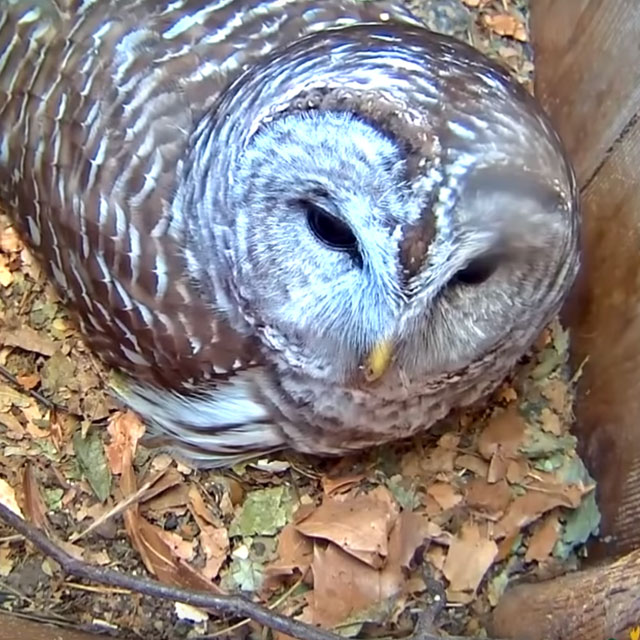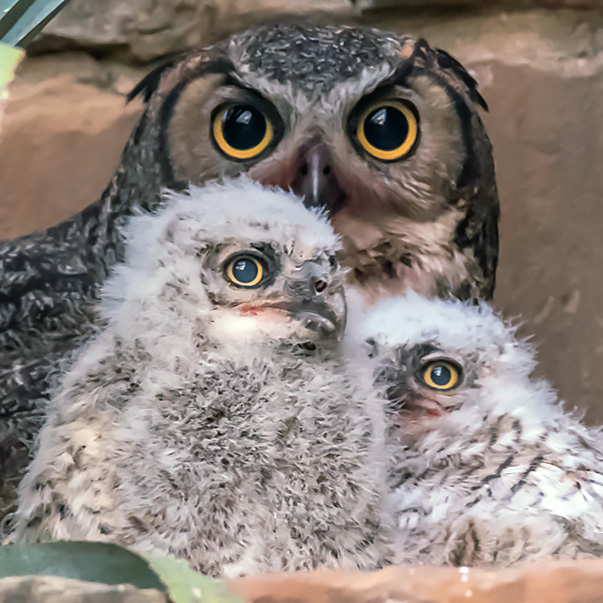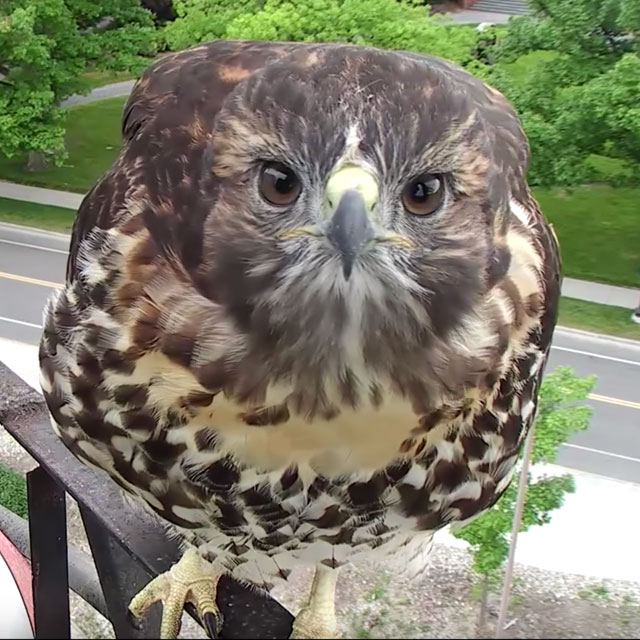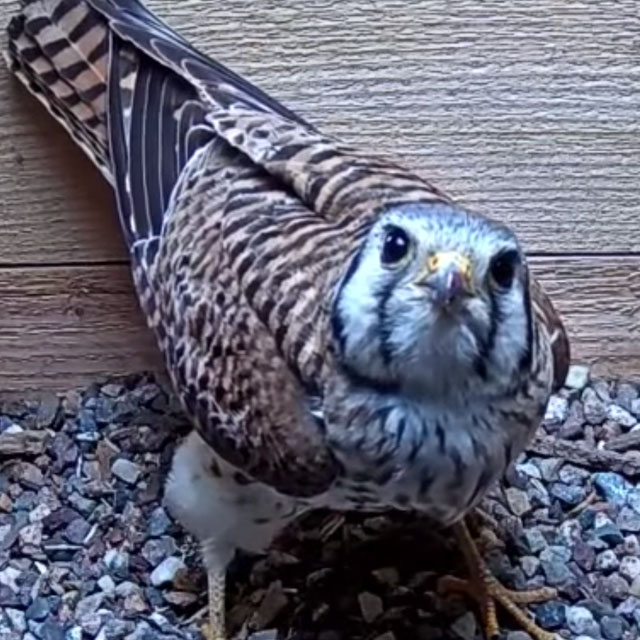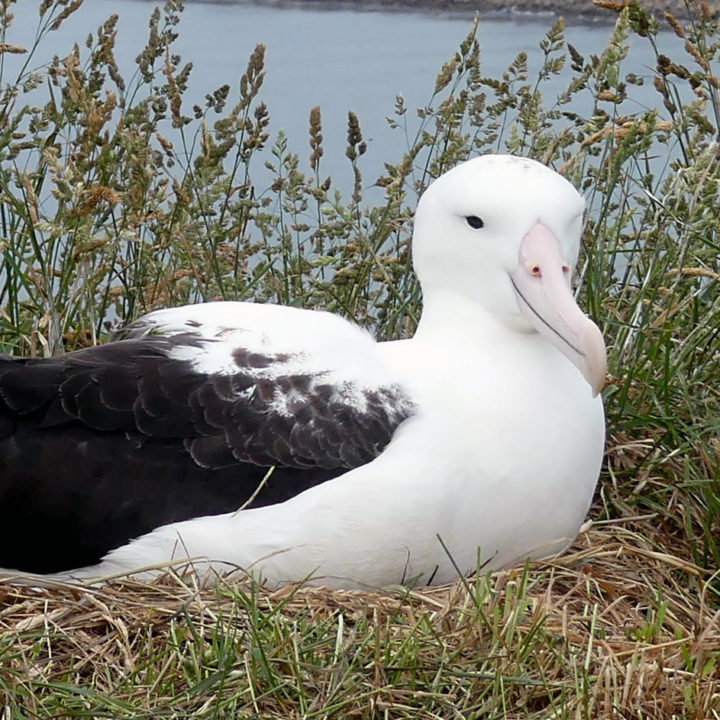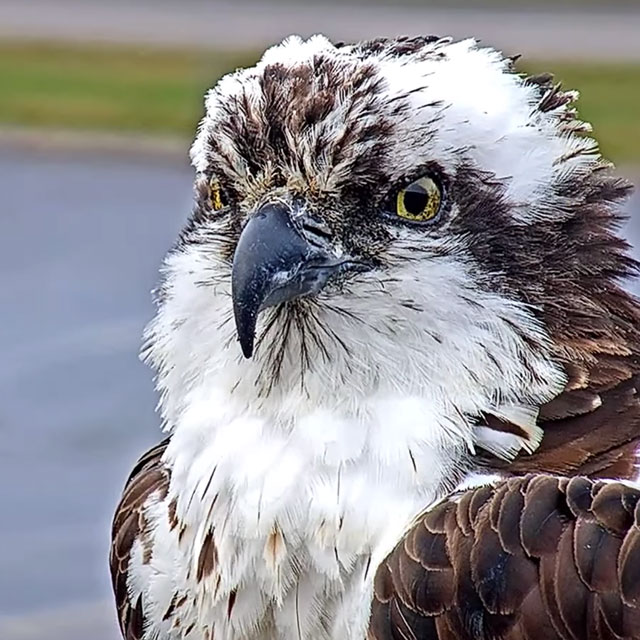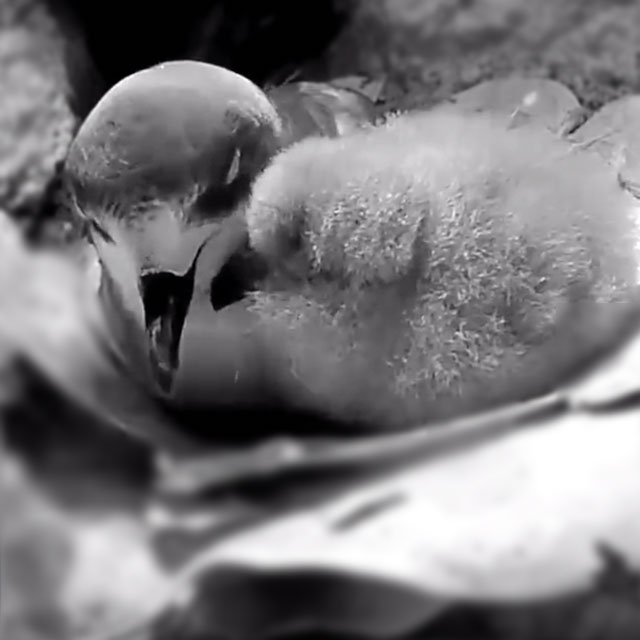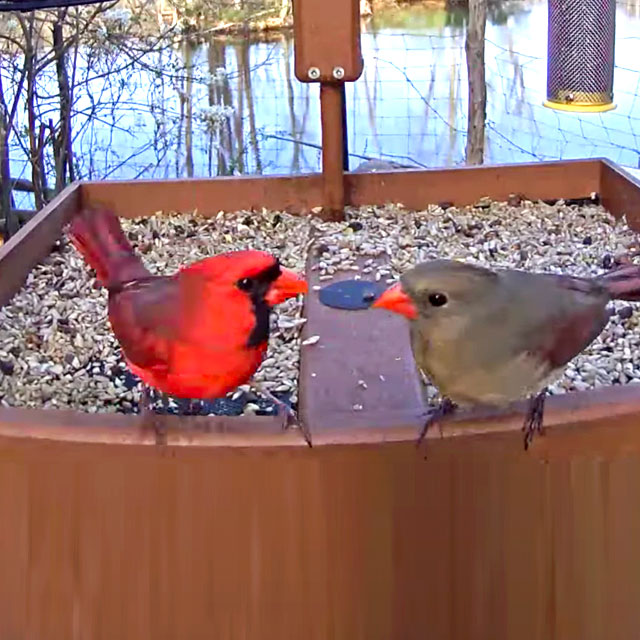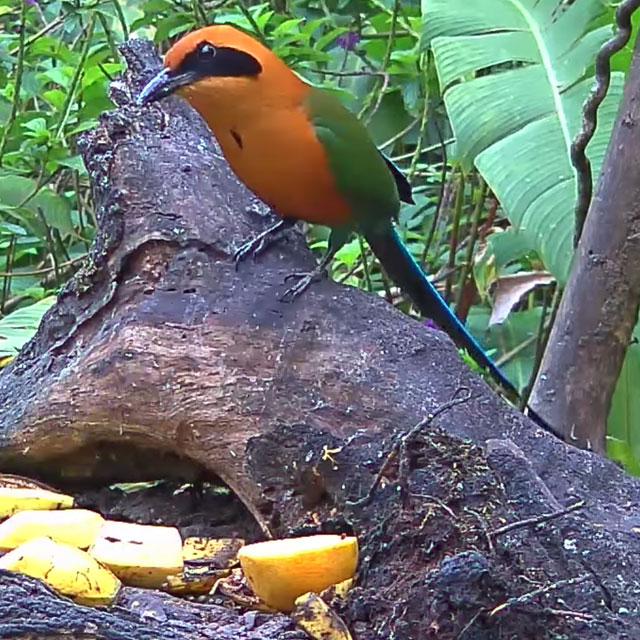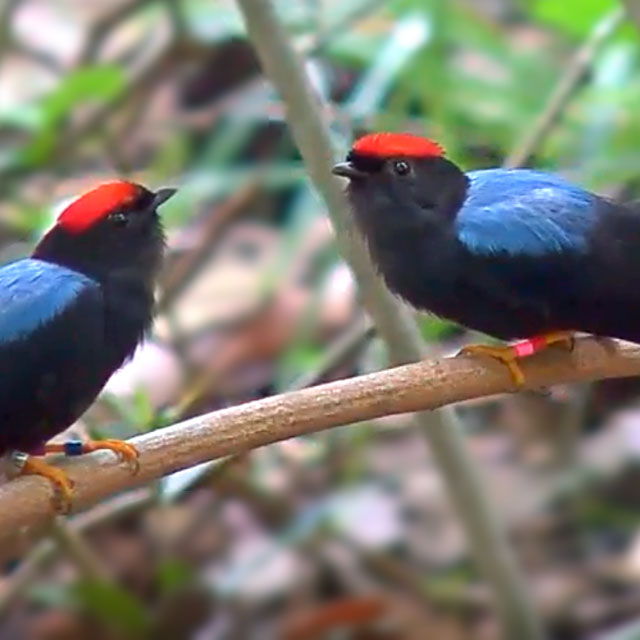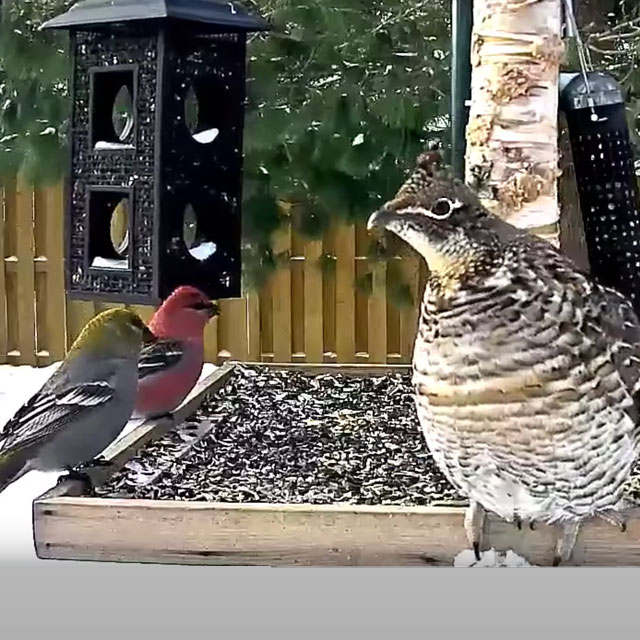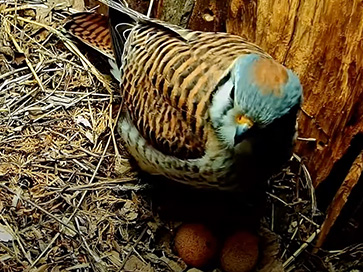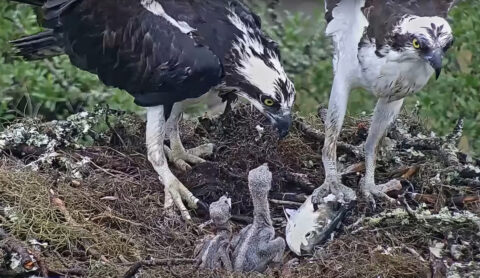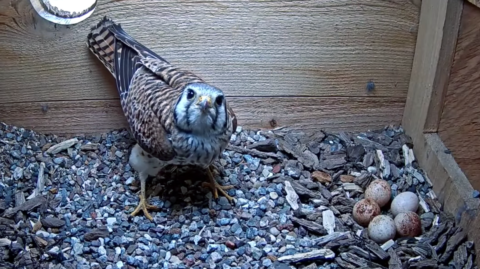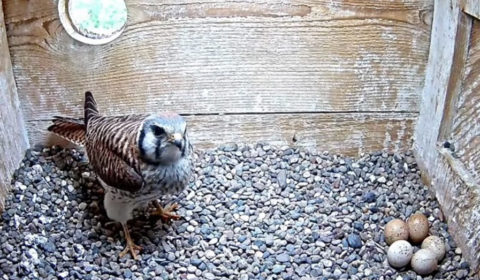Don't miss a thing!
Keep up-to-date on all the nesting news.
Video Highlights
News
-
April 18, 2024 American Kestrels Start 2024 Breeding Season With Eggs!
-
April 10, 2024 Most Watched Nest Cam Highlights From Bird Cams!
-
June 30, 2022 American Kestrel Cam Timeline
-
May 17, 2022 Hatching Imminent For American Kestrels
About the Kestrels
In general, the kestrels return to their box in February or March. Egg-laying begins in April or May, and eggs hatch roughly 26 to 32 days after they are laid. The young fledge between 28 and 31 days of age. Like peregrine falcons and bald eagles, American kestrel fledglings remain near the nest before dispersing in late summer. They eat invertebrates, small rodents, and birds including grasshoppers, cicadas, beetles, dragonflies, spiders, butterflies and moths, voles, mice, shrews, small songbirds, small snakes, lizards, and frogs.
About the Site
The kestrels are nesting on private property near Prairie Du Chien, Wisconsin. Their nest box, located on the side of a traditional limestone-footed barn, overlooks a rolling grassland that slopes away into the folded hills and forests of the driftless. A nearby stream cuts through deeply incised limestone to join the Mississippi river roughly four miles west of the nest. This wonderful combination of grassland, forest, and water has supported kestrels for over 25 years, and is an excellent example of the habitat that kestrels need to survive and thrive.
About the Host
Founded in 1988 by the late Bob Anderson, the non-profit Raptor Resource Project specializes in the preservation of falcons, eagles, ospreys, hawks, and owls. They create, improve, and directly maintain over 50 nests and nest sites, provide training in nest site creation and management, and develop innovations in nest site management and viewing that bring people closer to the natural world. Their mission is to preserve and strengthen raptor populations, expand participation in raptor preservation, and help foster the next generation of preservationists.
About Cams
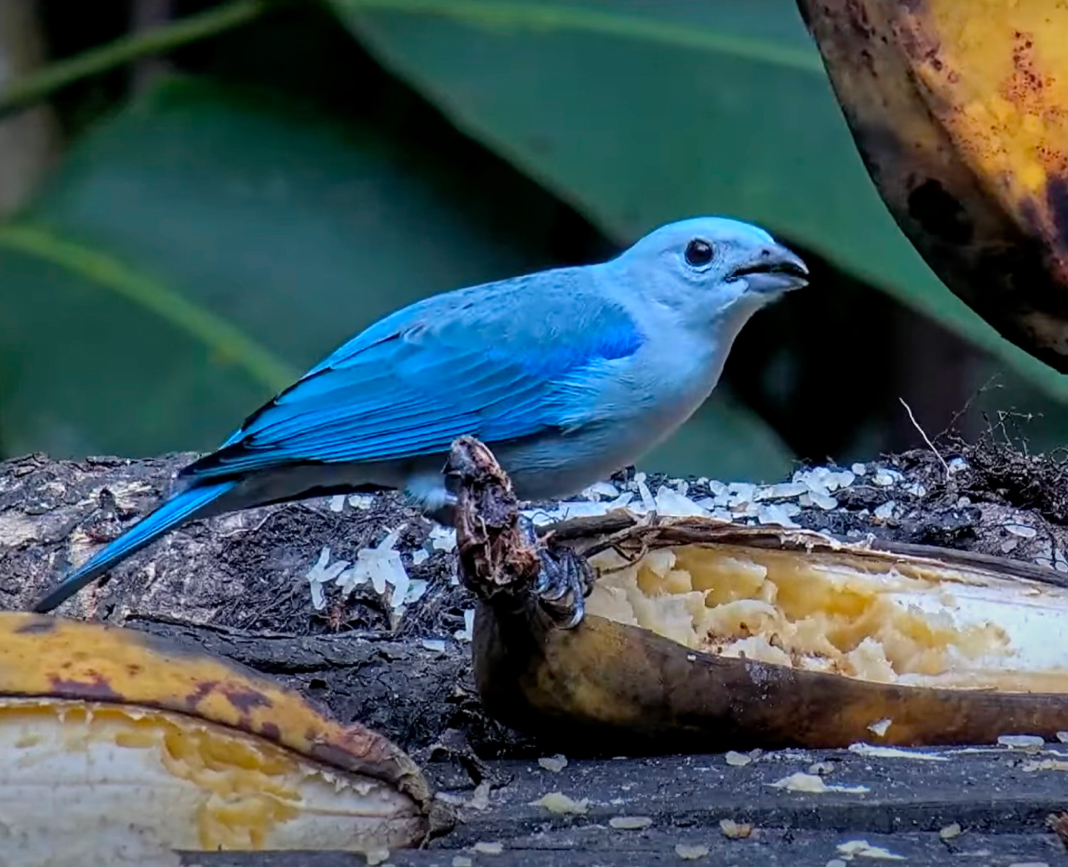
The Cornell Lab Bird Cams connects viewers worldwide to the diverse and intimate world of birds. We work to make watching an active experience, sparking awareness and inspiration that can lead to conservation, education, and engagement with birds.
Our viewers tell us that watching the cams is a life changing experience: an unprecedented learning experience that they liken to virtual field trips or field biology in their living room. We’re excited to continue sharing and learning with the community as we watch the world of birds together.

Bird Cams is a free resource
providing a virtual window into the natural world
of birds and funded by donors like you
Pileated Woodpecker by Lin McGrew / Macaulay Library
